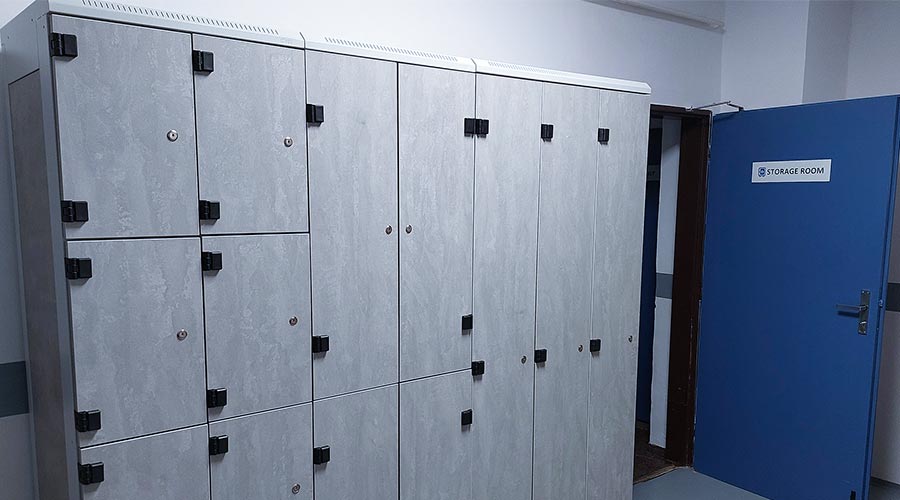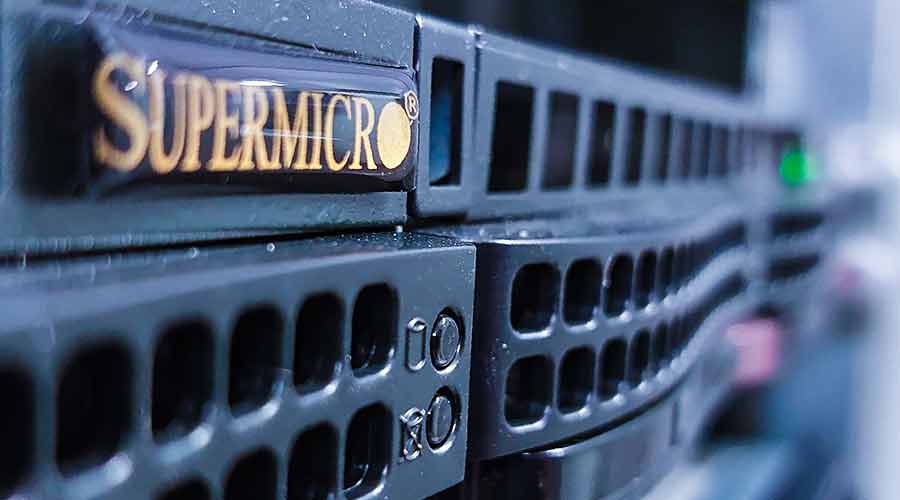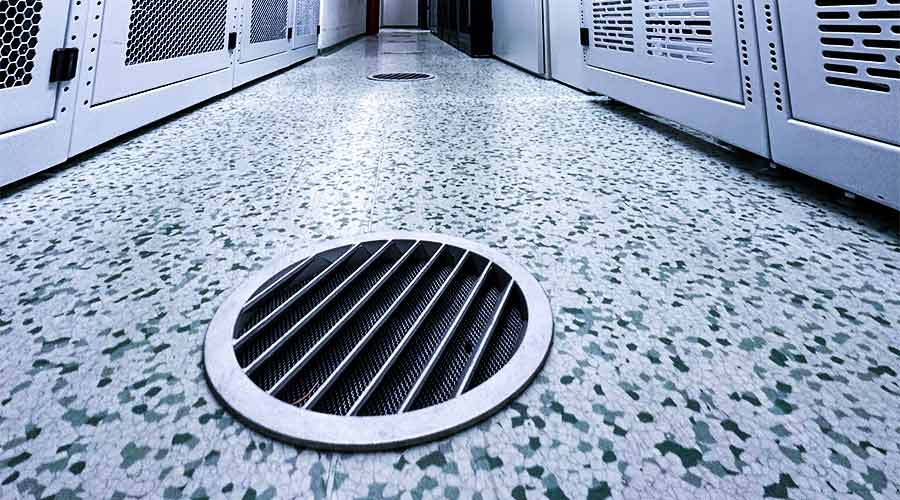As in almost every industry, there are several certification systems for data centers which should guarantee a specific service level. One of the certifications is the TIER classification of data centers, also known in the Czech Republic.
As “TIER” means a specific level, the certification is divided to levels based on this system. The lowest TIER I level specifies a data center without any redundancy in power supplies and cooling where the acceptable rate of service availability is 99.6% of the time, i.e. the maximum breakdown time is 28.8 hrs per year. Although TIER II requires just one power supply and cooling distribution process, some of the components have to be redundant. The availability rate should reach 99.7% of the time, i.e. the breakdown time can’t exceed 22 hrs per year.
Only 1.6% of the allowed breakdown time per year (99.98% availability) is the limit for TIER III which requires a backup safety system, i.e. a fully redundant power supply and cooling system. At least the N+1 standard is a common thing here, i.e. at least one independent additional backup is necessary, besides the required number of used components. Finally, TIER IV requires 99.99% availability which means only 15 minutes of the allowed breakdown time per year. On this level, each piece of technology in the data center is redundant, a system to prevent failures is used and, for example, a certain level of the data center building’s resilience against damages is required.
It is very difficult to meet the TIER III certification requirements, and that’s why just a handful of data centers with this level of certification exists in the Czech Republic: Deutsche Post DHL DC, O2 data centers in Hradec Králové or Nagáno and Chodov in Prague, and, finally, DataSpring DC (Lužice Data Center) in Hodonín. For the most part, these are obviously data centers of large enterprises which, with just a few exceptions, built these data centers for their own purposes.
Nevertheless, the TIER certification has become used to the degree that even providers without this certification compare components of their data centers to these levels to make the descriptions easier to read. You can read statements describing their data center as “on the TIER III level” and things like that in many marketing materials of various data center service providers. Some domestic hosting providers push their creativity even further and boast both with the certification they don’t posses and with certification levels that don’t exists, like the TIER III+ half-level etc. It is easy to prove they write lies, by verifying this fact on the website of the certification authority, Uptime Institute, LLC.
Coolhousing is rather proud it doesn’t have to lie to its customers. We operate our data center in a transparent manner. If we use an aggregation, the customer knows exactly what bandwidth range he/she receives. How can a hosting provider with one 10Gbit connection offer a reserved 1Gbit line for every customer in its marketing materials and, in the second paragraph, claim it has 3,000 clients? Here the basic math fails… or a common sense?
And that’s why we work instead of lying in Coolhousing. In our DC, the connectivity is ensured from two geographically separated areas by routers in a full connectivity redundancy. The server rooms are cooled via a system of cold and hot aisles by several independent air condition units in the N+1 configuration. The functionality of each of them is continuously monitored by an automated monitoring system. We backup mains outages using a central UPS cascade, supported by two diesel aggregates.
As a proof, last week an inspection of the transformer plant took place, resulting in an interruption of the power supply. You, our customers, didn’t suffer from this outage, as well as from many other unplanned outages of the power network last year. And this is the utmost goal in our industry.
Author: Jirka Dvořák




